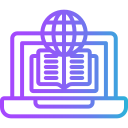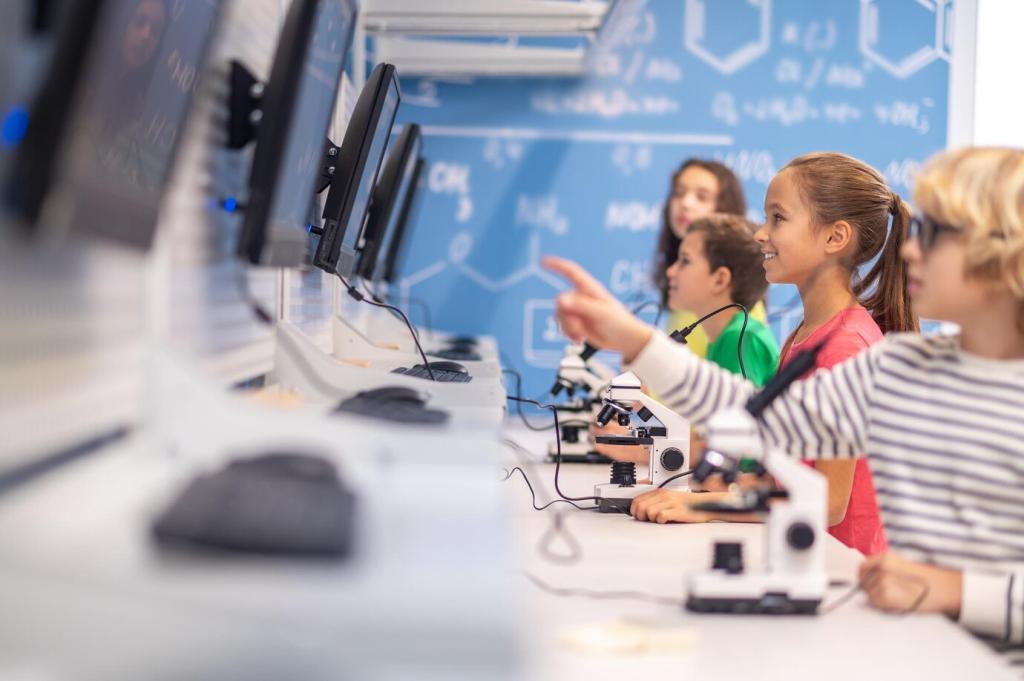Core Tools Transforming Learning
When every learner has a device, classrooms can shift from lockstep pacing to flexible pathways. Students access leveled texts, interactive simulations, and choice-driven projects while teachers differentiate support. Share which apps genuinely help you target needs, and subscribe for curated toolkits focused on equity and impact, not novelty.
Core Tools Transforming Learning
An effective LMS centralizes resources, instructions, deadlines, and feedback. It reduces lost papers, improves transparency, and supports continuity when learning moves between home and school. Consider how discussion boards, rubrics, and analytics foster reflection, and tell us which LMS features most improve clarity and reduce confusion for your learners.






